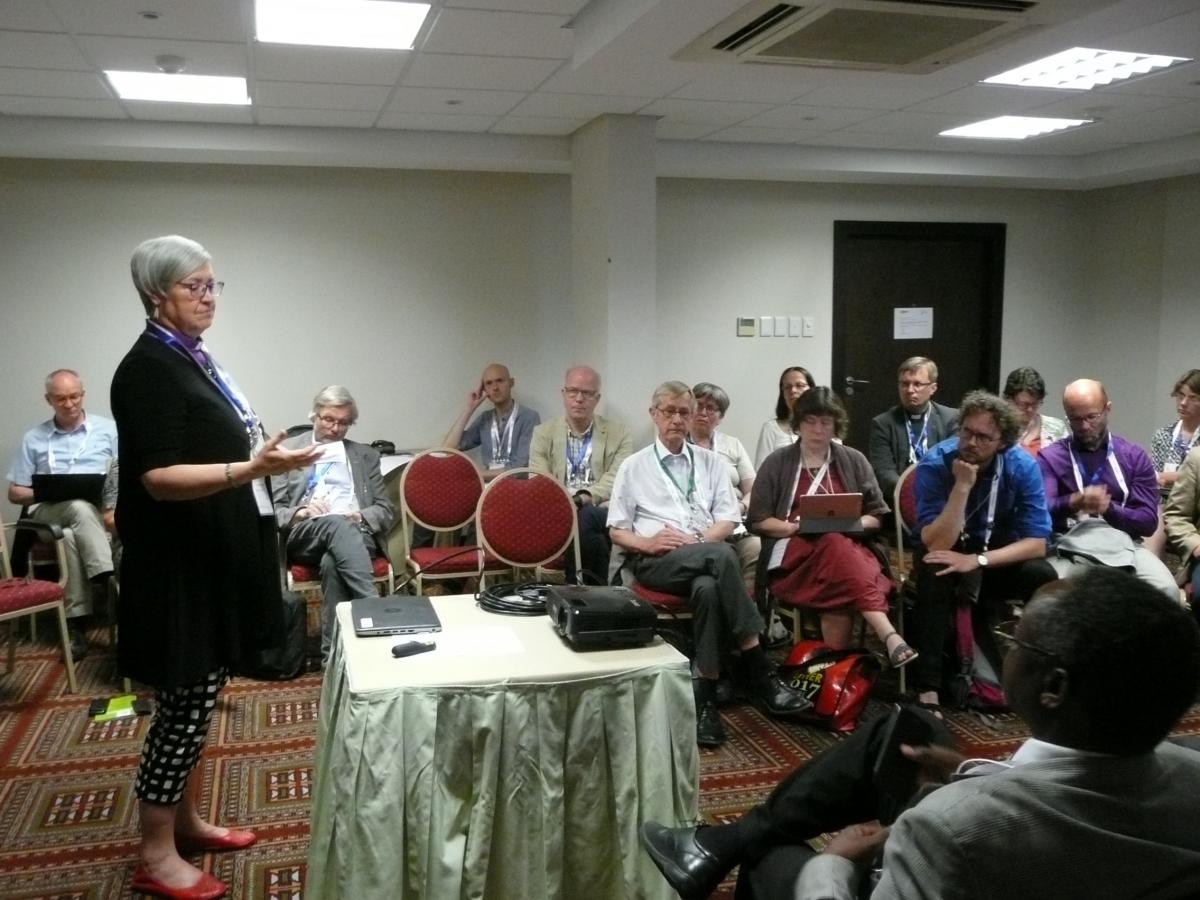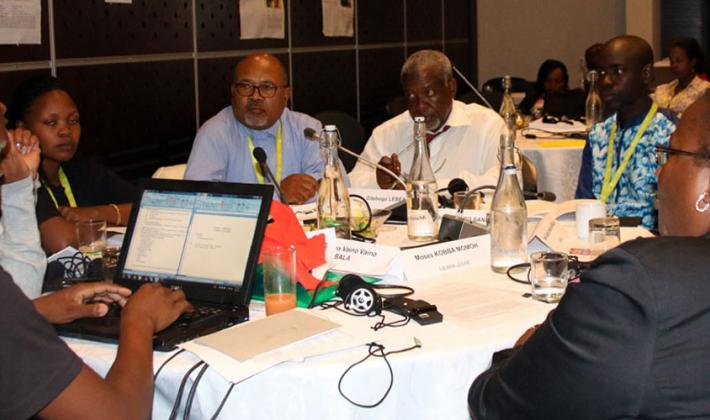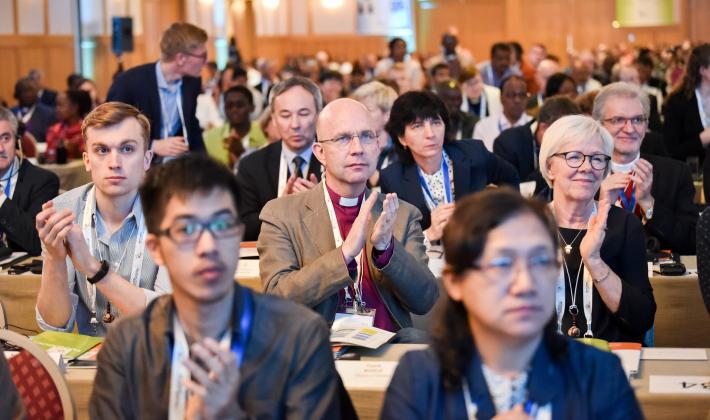Decreasing membership, closing congregations and dwindling funds – these are challenges that confront churches in the North. This was discussed in a workshop at the Twelfth Assembly of the Lutheran World Federation (LWF) in the Namibian capital of Windhoek. “We have focused so long on the South; dealing with ourselves presents a different perspective,” Birger Nygaard from Norway said. He suggested that the Assembly pass a motion that the LWF install a platform for churches in the North and South to exchange learning and experience.
In the workshop with the title “What does Salvation not for sale mean, if nobody wants to buy?” three answers were presented on how to tackle the challenges. In all three cases, it became clear that the role of the church will have to change dramatically. And first of all they have to address the people. One way they do this in Denmark is with creative campaigns like the “baby hymns,” where young parents are invited with their newborns to sing together in church.
A wake-up call for the Lutheran church, the campaign of atheists doubled the number of people leaving the church. In the presentation, Rev. Ulla Morre Bidstrup from Denmark showed how the church tries to reach out to people. For example, a study was done asking church members about how they have their children baptized. The main tendency is that children are encouraged to decide after coming of age. Referring to growing individualism, Bidstrup reported that ten percent of church members say, “Baptism is an optional event that needs to fit in the family story.” As a result of this study, the church has a campaign for child baptism. “The pastors visit the families,” Bidstrup said, adding “That is rather new for us.”
Also the Danish church is not gaining enough new ministers. With only two thousand ministers in the church, Bidstrup expects a big gap when an expected four hundred retire soon. A campaign should help, but she asked, “How can we as a communion meet these challenges? How can the LWF help?”
Bishop Susan Johnson from the EvangelicalLutheranChurch in Canada drew a picture of constant decline. Since 1986 membership has shrunk by nearly fifty percent. That has meant a loss of one quarter of the church’s financial power. “So far we have been able to hold the line,” she said. And they have moved to reach people more directly because “people are no longer as committed as before.” Therefore the church is campaigning for regular prayer and worship and generous giving. “We are in times of incredible change,” she stated. “It seems the Holy Spirit is up to something major in our church. We do not know what structures we will end with,” Bishop Johnson added.
A statement was read from the German Bishop Ilse Junkermann (absent due to illness). She explained that the EvangelicalChurch in Central Germany loses twenty thousand members a year but baptized only five thousand. “We are a dying church,” the Bishop stated. “We have pastors serving twenty villages,” she added. The church is now trying to address the people, for example, by opening up church buildings, getting in touch with pupils in the thirty-three Protestant schools and opening up the understanding of membership. “Everybody who shows up is part of the youth work.”
The discussion did not show a uniform picture. In Finland, for example, “People are queuing to be ordained.” Others said it is true that there are declining figures, “but at the same time we have some strength.” But all saw the importance of “sharing some of the challenges which have to do with decline.”
LWF/Rainer Lang




